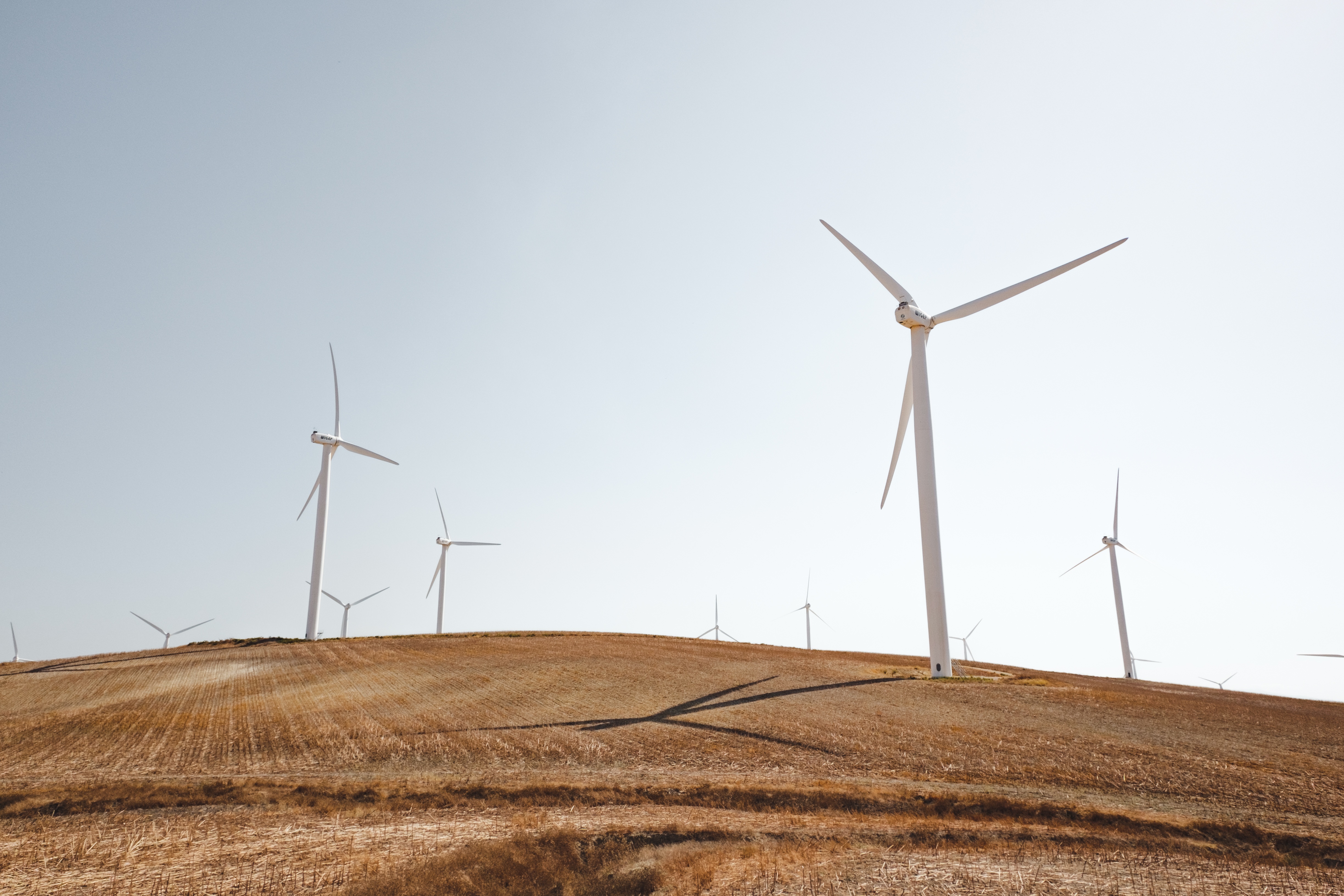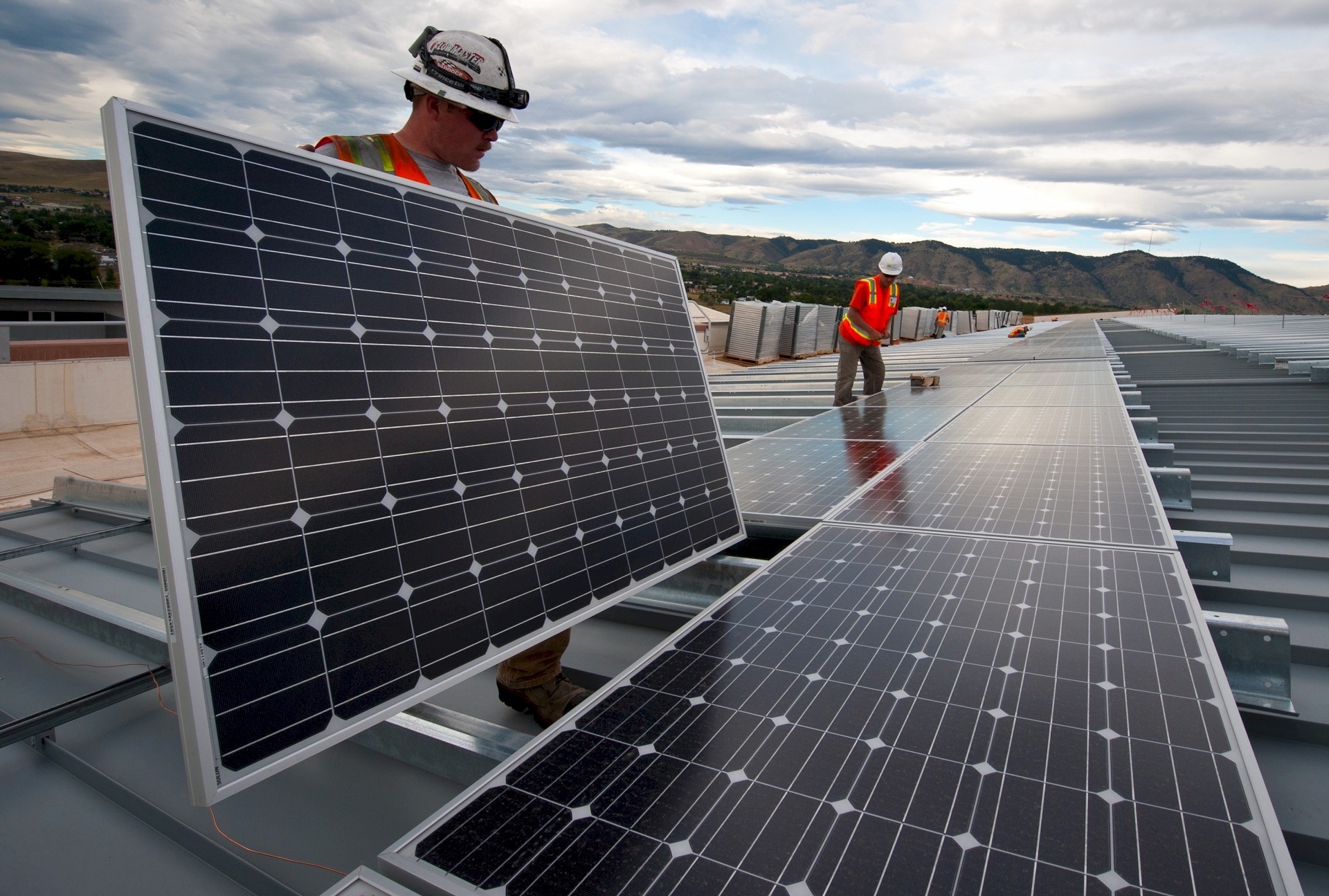Low Carbon Brasil spoke with João Sousa, CEO at Prewind in Brazil, and Shirley Damasceno, from Energo, European and Brazilian partner of the project featured here, to understand a little more about the current scenario of wind energy, and how the project supported by the European Union can assist Brazil in obtaining electricity from renewable sources.

Interview with João Sousa:
1. Within the presented business plan, you inform that your tool will allow optimizing the planning of the operation and maintenance actions in the wind sector. Could you describe to us how the tool works and how this optimization will be performed in a practical way? João Sousa: Our tool allows to optimize the planning of maintenance operation actions, given that, according to the information of the forecast of the meteorological conditions and the forecast of the amount of power generation, the user may choose the time period or time window that minimizes the loss of generation of energy, at the same time, he selects the time window that satisfies the ideal conditions for the accomplishment of the maintenance (like for example: necessity of a period of time of 4 hours with no rain and during the day of work).
2. You have pointed out to the Low Carbon Brazil team, within your business plan, that this tool will be adapted according to the requirements of Brazil's free energy distribution market. Could you tell us more about what kind of adaptation will be needed?
João Sousa: Although Prewind in Europe has extensive experience, the truth is that the characteristics of the Brazilian market are different from the others. The way the free market works and even the regulation of energy sale is quite specific; so adapting the forecasting tools to the realities of the market is normal. In this case, in addition to the operational adaptation of meteorological models and forecasting models (these according to seasonality and local climate), it is necessary to develop a top layer, which allows the operator to be assisted regarding the decision-making process in participating in the market regime, in this case, the free market.
3. In your opinion, what are the main challenges of the wind energy generation sector in Brazil and what are the contributions of Prewind technology?
João Sousa: Brazil has been developing quite a bit in terms of installed capacity in power plants, such as wind farms, but it is only now that the need for tools such as that proposed by Prewind is beginning to be evident.
In fact, forecasting systems, in addition to benefiting operators in relation to the generation optimization due to the planning of O&M actions, and allowing a strong market gain (energy sales), also allow a higher penetration rate of renewable energy sources, such as wind and sun, in the electricity networks, since it is possible to know its evolution in advance. In this way, it is possible to stagger reserve stations in an optimized way, in the same way that the power traffic is known in advance in electric lines, and it is possible to anticipate certain operating regimes (management of the electricity networks from the point of view of the network drive, optimization of auxiliary services, etc.)
4. According to the latest balance sheet of the Brazilian Association of Wind Energy (ABBEólica) and the National Electric Energy Agency (Agência Nacional de Energia Elétrica - Aneel), in March 2019, Brazilian winds - especially those in the Northeast - allowed the breaking of a record, with a production over 15 gigawatts (GW) of electric power, making the wind sector the second largest source of energy in the country. In your opinion, what are the challenges and opportunities of the coming years for the growth of wind energy participation in the Brazilian energy matrix?
João Sousa: Brazil has presented a very interesting growth rate in relation to installed capacity in wind energy. I think that, in the future, the record will be broken again, since the tendency is to increase the generating capacity in wind energy, according to the result of the auctions of the last years. Thus, wind energy positions itself as a new sector of the Brazilian economy. In my opinion, Brazil will have a set of challenges and opportunities in the coming years, which will include the optimized management of the plants, the optimization of technology and the development of new tools for control and monitoring of the plants and the network. Until now, wind energy was absorbed by the electricity network without any impact, but to ensure the proper functioning of the network and given the importance of wind power in the energy matrix, it will be necessary to modernize the transmission and distribution network control systems, in addition to the monitoring systems of the plants and aerogenerators that will allow the achievement of better performance rates.
5. For your business, what was the great contribution of Low Carbon Brazil as a European Union initiative?
João Sousa: In our case, although we have already identified Brazil as a market, the program has allowed us to consolidate our idea and leveraged market entry by establishing partnerships that are delivering results. Today, we are operating in the Brazilian market with interesting and hopeful results in solidifying our position, contributing to the proliferation of variable renewable energy sources in the energy matrix. In short, we are contributing to the increase in renewable generation that contribute directly to the reduction of carbon emissions.

Shirley Damasceno:
1. Currently, what are the sectors Energo is focused on?
Shirley Damasceno: Yes, we participated in the initial development of the first solar generation project in Brazil, the Tauá photovoltaic solar power plant project in the state of Ceará, implemented by MPX Energia.
We are an engineering company and we develop solar and wind generation projects with scope for the Brazilian market.
2. You have become familiar with the company Prewind during the business rounds promoted by the European project Low Carbon Brazil. How did you come up with the idea of developing a wind power generation system adapted to the Brazilian market?
Shirley Damasceno: We got to know Prewind through the Low Carbon Brazil project and identified the business opportunity to develop a wind forecasting and wind generation system for the growing Brazilian market. Brazilian climatic conditions, especially in the northeast region, due to the proximity to the Equator and characteristics of constancy and intensity of the winds, require previous knowledge of the wind variation, allowing prior planning of operations for the implementation of parks, operation, maintenance and, most importantly, production schedule and energy sales.
3. How do you see the impact of this partnership on Energo's growth strategy within the wind sector in Brazil?
Shirley Damasceno: Firstly by the experience of Prewind in the European market and its knowledge and the perception of search for new markets, and with needs of adjustments, as in our case of the Brazilian northeast, and specific characteristics of the wind in that region. The partnership with Prewind will allow us to overcome the initial stages of system adaptation and allow us to reach the Brazilian market faster.
4. Who will be the main customers of the Prewind/Energo partnership? Which sectors and regions will marketing be focused on?
Shirley Damasceno: The large players of wind generation in the Brazilian market have strong participation in the northeast region, which includes more than 80% of all Brazilian installed capacity, now 15GW, and forecast to reach 25GW in the next 5 years. The Brazilian market is quite recent contracted under a public auction system promoted by the federal government to supply the captive energy market distributed by the distribution concessionaires.
The main customers of wind power generation are CPFL, Ômega Energy, Queiroz Galvão Energia, Votorantin Energia, Alupar, Brennand Energia, Rio Energy, among others.
In addition to wind power generation, the Prewind system can also serve solar photovoltaic generation and small hydroelectric plants (SHPs), which also have growth trends in the Brazilian market.
Our focus will be on the northeastern region, where the characteristics of wind and the potential of wind generation are quite differentiated. The insertion of wind generation into the Brazilian electric matrix will strongly displace the fossil generation contributing to the reduction of emissions and their environmental impacts.
Another market niche we take into consideration is the generation forecast for energy trading companies, and for the Brazilian electricity system operator (SIN) itself.

5. The projects supported by Low Carbon Brazil are under assessment regarding reductions of environmental impacts. Have you made your estimates? What are the expected results?
Shirley Damasceno: We are still calculating all the indicators but certainly the main result expected by the use of the wind forecasting system is a better performance of wind power, generating more energy, better results for the customer, greater reduction of environmental impacts due to the replacement of fossil generation by the wind one.
6. According to Energo's vision, what are the main challenges the renewable energy sector in Brazil will have to face in the coming years in order to obtain a greater participation in the Brazilian energy matrix?
Shirley Damasceno: Due to the unfavourable hydrological conditions of the northeast region, implying the need to hire thermoelectric generation, but with the increasing insertion of wind generation with its natural characteristics of variability and intermittency, the optimization of wind energy production and the growth of its participation in the Brazilian matrix depends fundamentally on a modelling of the operation of the electrical system by the operator with the use of technology and intelligence, allowing the scale of wind generation to attenuate its intermittency by virtual inertia.


